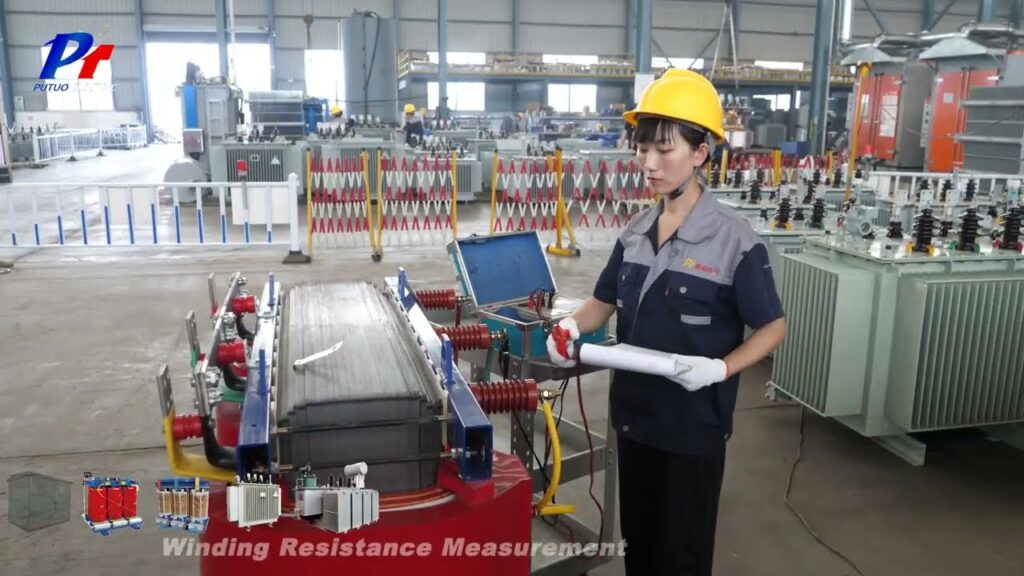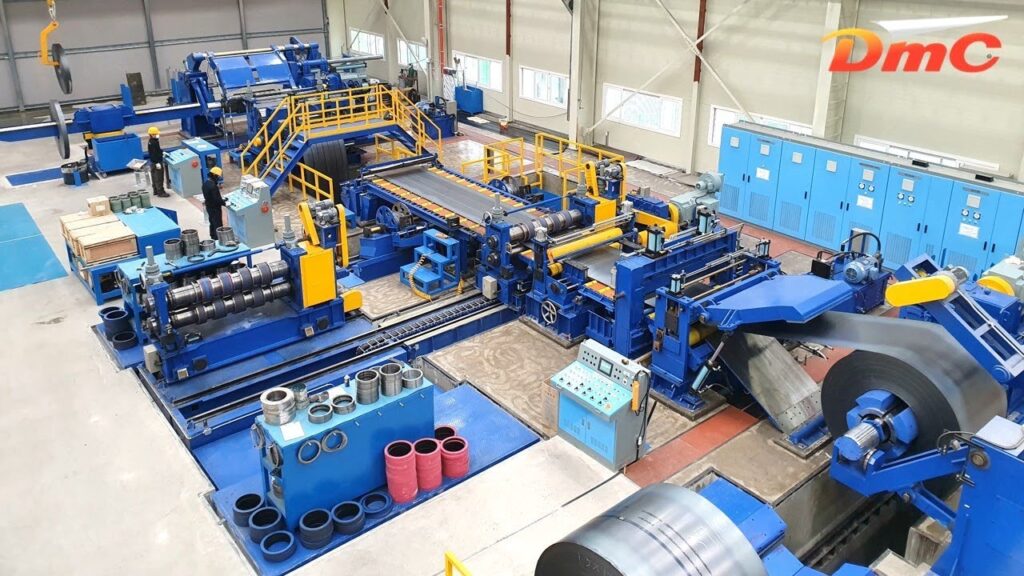Title: Unveiling the Significance of Winding Resistance Measurement in the Production Process of Distribution Transformers
Introduction:
This research report sheds light on the crucial process of winding resistance measurement performed during the production of distribution transformers. By delving into the intricacies of this vital step, viewers will gain valuable insights into the role it plays in ensuring optimal transformer performance. Join us as we explore the various aspects of winding resistance measurement and its significance within the production process.
Video Content:
H2: Why Winding Resistance Measurement Matters
Winding resistance measurement serves as a vital quality control measure during the production of distribution transformers. By accurately assessing the resistance in transformer windings, manufacturers can identify potential defects, such as improper connections or damaged windings. This early detection helps prevent potential malfunctions and enhances the overall reliability of the transformers.
H2: Understanding the Measurement Process
During a winding resistance measurement, the resistance of each winding in a transformer is carefully measured using specialized equipment. This process involves applying a known current to the winding and measuring the voltage drop. By employing Ohm’s law, the resistance of the winding can be determined, providing valuable data for assessment and analysis.
H2: Key Benefits of Winding Resistance Measurement
Accurate winding resistance measurement offers numerous benefits in the production process of distribution transformers. Firstly, it ensures the manufacturing process adheres to strict quality control standards, guaranteeing that only high-performing transformers are released to the market. Additionally, it enables the identification of potential thermal issues, ensuring efficient heat dissipation and preventing transformer failures.
H2: Enhanced Reliability and Transformer Lifespan
By meticulously measuring the winding resistance, manufacturers can identify any abnormalities or inconsistencies that may compromise the overall reliability and lifespan of the distribution transformers. This proactive approach allows the implementation of corrective measures, further enhancing the durability and performance of the transformers.
H2: Technical Expertise and Advanced Equipment
To accurately measure winding resistance, manufacturers rely on highly skilled technical engineers who possess a deep understanding of transformer design and electrical theory. These professionals utilize advanced equipment capable of delivering precise results. Through their expertise and cutting-edge tools, they ensure the accurate measurement of winding resistance during the production process.
H2: Ensuring Safe and Efficient Power Distribution
Distribution transformers play a pivotal role in safely and efficiently distributing electrical power from transmission systems to end-users. By carrying out thorough winding resistance measurement, manufacturers contribute to the production of reliable and durable transformers, which subsequently safeguard the integrity of power distribution networks.
Keywords: winding resistance measurement, production process, distribution transformers, quality control, transformer performance, defects, reliability, manufacturing process, thermal issues, efficiency, technical expertise, advanced equipment, power distribution networks.
Tags: winding resistance, distribution transformer production, quality control, reliable transformers, transformer lifespan, technical expertise, efficient power distribution.
Hashtags: #WindingResistanceMeasurement #DistributionTransformers #QualityControl #ReliableTransformers #TechnicalExpertise #PowerDistributionNetworks
(Note: The formatting of this response may not be accurately represented in the Code box.)


